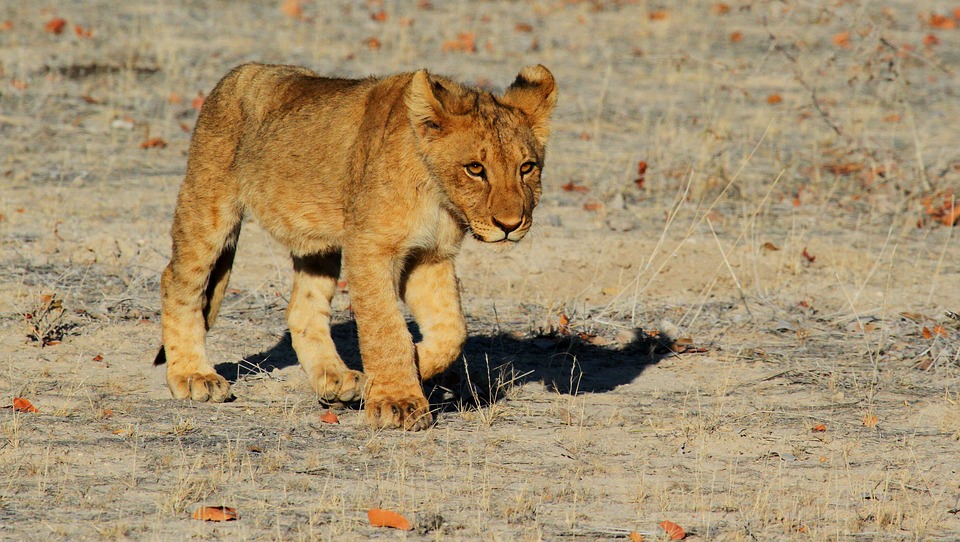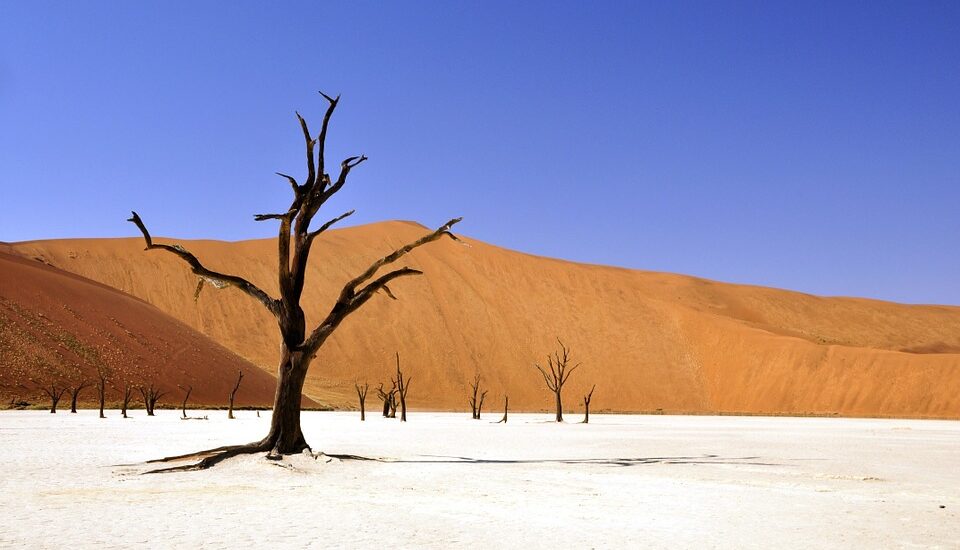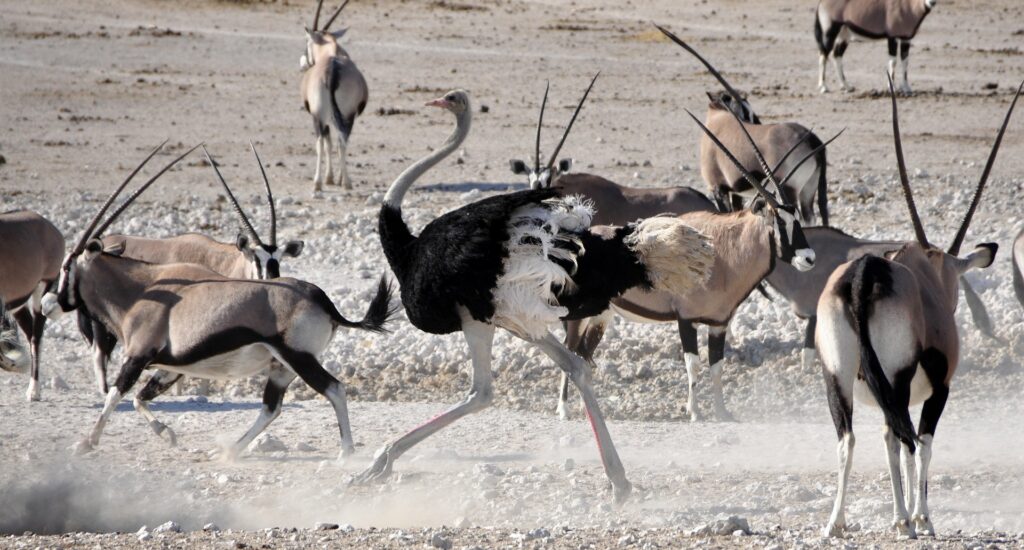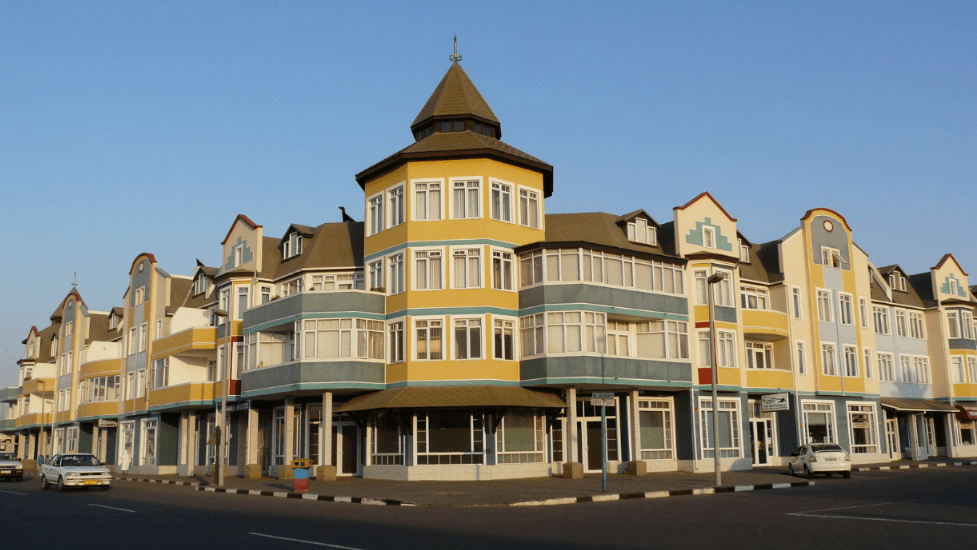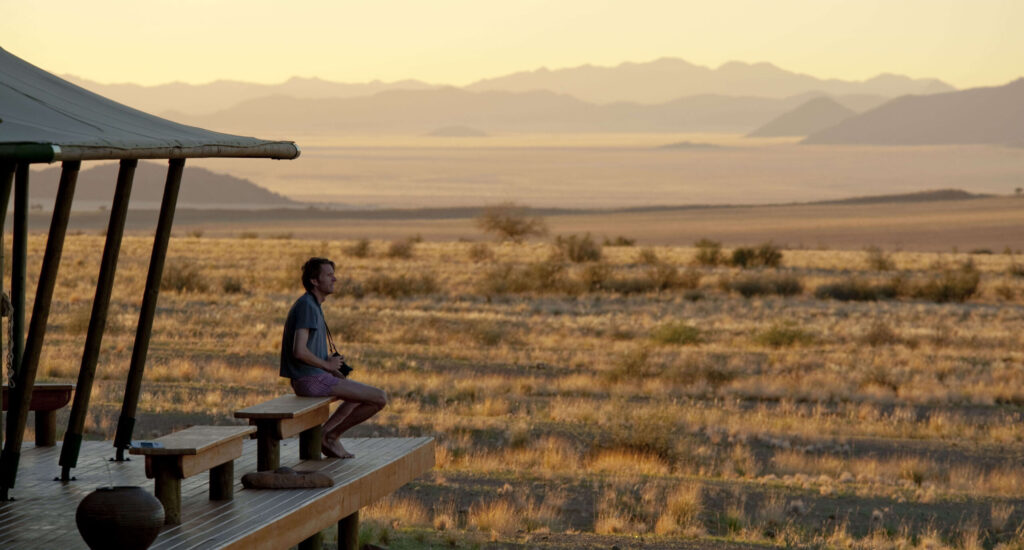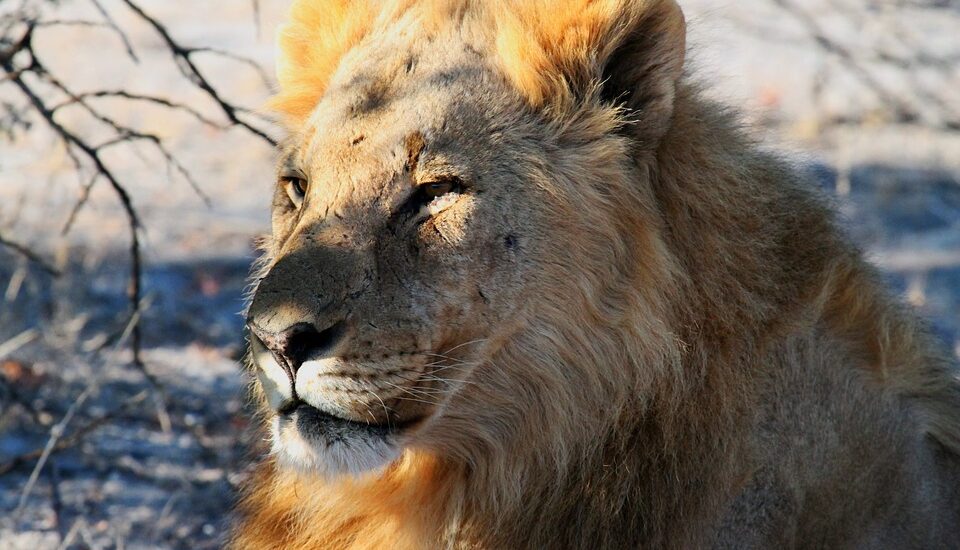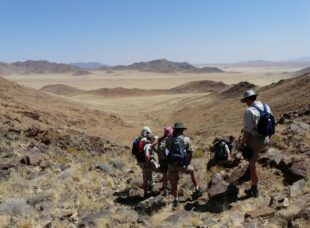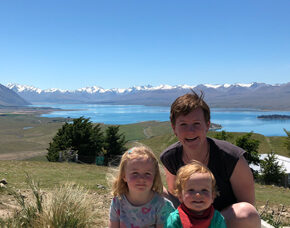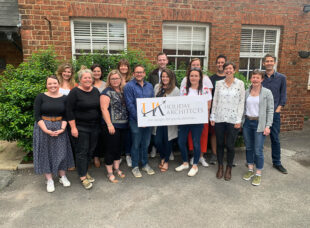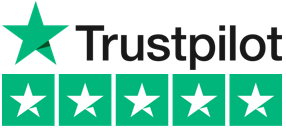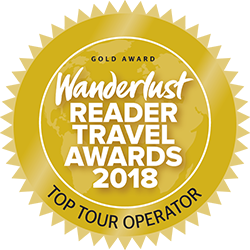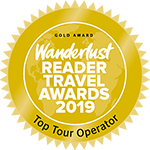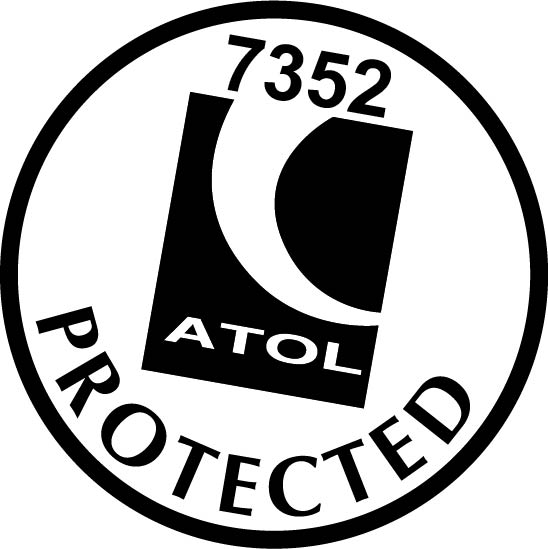Overview
Of all Africa’s renowned safari destinations, Namibia unquestionably offers the most diverse range of landscapes, experiences and activities. A vast country with very few inhabitants, the awe inspiring scenery quickly moves from rippling sand dunes and rugged mountains to windswept coast and shimmering salt pans. There are great volumes of classic Big 5 wildlife and some truly unique, desert adapted rarities. An assortment of indigenous communities provides fascinating cultural interest, while modern conservation operations are among the most successful on the continent. All this goes without mentioning an intriguing colonial history, eerie deserted ghost towns, the world’s second largest canyon and a mini version of Botswana’s Okavango Delta. And to cap it all off, Namibia is safe, clean, welcoming, relatively good value and perfectly suited to self-drive exploration.
For all of these reasons, the varied suggested itineraries for Namibia can be segmented into specific tastes and interests, but the country can also be looked at usefully through a simple geographical split. The south is mainly about scenery and landscapes, including the vast, remote Fish River Canyon and some of the world’s tallest dunes at Sossusvlei overlooking the ethereal white dead lakes known as “vleis.” There is a short, populous respite in the centre, with the capital Windhoek and the exciting coastal activities at Swakopmund. Then, further north, a wildlife focus becomes prominent, from the teeming waterholes at Swakopmund to the watery pleasures of the Caprivi Strip and the unique desert adapted rhino and elephant in Damaraland. There is also arguably more cultural interest in the north, with the photogenic Himba people, the ancient San Bushman survival techniques and the unchanged traditions of the Herero. But this doesn’t mean there is any respite in the exceptional, other worldly landscapes, most vividly illustrated by the legendary Skeleton Coast.
Best of all, this diversity can be easily incorporated into one long itinerary, or into two more detailed trips focusing on the south and the north separately. Although driving distances can be long, the roads, scenery and sheer enjoyment of driving in Namibia are all perfect. And if you are averse to self-drive and keen to get around as quickly as possible, there are scenic light aircraft flights connecting all the hotspots. With a wide range of accommodation styles and prices to suit all budgets, good restaurants and extremely welcoming people, Namibia genuinely does have something for everybody.
Food & Drink
Food and non-premium drinks are often included at safari lodges and those where activities are also included. The safari exception is at the government restcamps, where the board basis is likely to be bed and breakfast. At guesthouses and hotels in areas such as Windhoek and Swakopmund, you are likely to stay on a B&B basis, so it is always useful to check on the best restaurants in town and the most convenient places to pick up lunch and snacks on self-drive itineraries. The NWR restcamps in Etosha and elsewhere will also have restaurant facilities, often in the form of buffets.
At safari lodges, the food tends to be delicious, international fare with large portions, numerous courses at dinner and a surprisingly wide range of options given that you are often dining at a remote camp with no easy access to fresh supplies or modern technology. Snacks and drinks are regularly provided between meals, meaning that most visitors to Namibia tend to return feeling extremely well fed! In Swakopmund, Walvis Bay and Luderitz there are some very good seafood restaurants, and Windhoek boasts a growing range of gourmet restaurants and modern cafes. For further advice or help with booking a table, just ask your Holiday Architects consultant!
When to Travel
Namibia’s extreme climatic conditions perversely make it a genuine year-round destination. The best time to go on safari is during the dry season from May to October, particularly later in the year when the arid conditions cause huge volumes of wildlife to congregate at Etosha’s water holes. Particularly in the late dry season, the wildlife really can suffer in desert areas such as Sossusvlei and Damaraland, and there is a chance that you might too as the barometer rises inexorably. For keen hikers and active visitors, the cooler dry months of May and June may be ideal. As the dry season progresses, the dusty, arid landscapes for which Namibia is perhaps best known become ever more prominent.
Contrastingly, the rainy season brings different scenery and far more challenging travelling conditions but a wealth of other attractions. The formerly dry river beds can flood, meaning drivers have to turn back and travel for an extra few hours to reach their destination, while the usually decent gravel and mud roads can become an impassable quagmire. You will also definitely not see the same numbers of wildlife during the rains, as animals are more widely dispersed due to abundant water sources. Having said all this, it is perhaps our favourite time to visit Namibia. The scenery can be truly inspirational, with sweeping carpets of green grasses and vibrantly coloured flowers emerging to cover the mountains and desert. Animals are content, young are born and prices are cheaper, while there are even fewer cars on the roads and less people at the tourist sites. In short, both broad periods offer a multitude of attractions, which is yet another reason to visit Namibia twice!
Practicalities
Flights
There are no direct flights into Namibia from the UK but there are a number of convenient indirect options. There are daily, direct, overnight flights into Johannesburg or Cape Town with connecting flights to Windhoek (or Walvis Bay) available with Airlink. Alternatively, Ethiopian Airlines has flights via Addis Ababa 5 times a week and Qatar Airways (via Doha) 4 times a week. Another indirect option is with Eurowings (Lufthansa’s low cost airline) who fly daily from Frankfurt to Windhoek.
Beach
Namibia has a long, dramatic Atlantic coastline, but nowhere that is a classic beach destination. The ocean is simply too cold and wild for swimming most of the time, and none of the beaches or accommodations are suitable for classic beach holidays. Many travelers will want some downtime at the beach after tiring days of self-driving, hiking and game viewing. Transit through Johannesburg and an overnight stay are necessary en route to Mozambique, Mauritius or Madagascar, while there are some coastal options available in South Africa itself. Flights to East Africa involve multiple connections, so we would not recommend itineraries combining Namibia with Zanzibar or the Kenyan coast.
Safety
Namibia is a very safe country, particularly in the remote areas most frequented by tourists. Crime rates are even relatively low in the major cities, especially when compared with other sub-Saharan African countries. There would normally be little to deter you from walking alone in Windhoek, Swakopmund or Luderitz at night, but if you do have any concerns about particular areas, it will be instructive to consult staff at your hotel or our local partners for up to the minute advice. In reality, the most pertinent safety advice for Namibia is that self-drivers exercise caution on the roads!
Driving
Self-driving is in many regards the best way to experience Namibia. Driving is on the left, road signs in English and the road network is generally good, with decent gravel tracks in more remote areas and good tarmac roads used on some of the major routes. Perhaps more important, the wonderful, vast landscapes are entirely suited to appreciation from the wheel, allowing for numerous photography stops and an atmospheric soundtrack of your choice! With so few people in such a large country, there are never many vehicles on the road, meaning you will often have these awe inspiring vistas entirely to yourself, and will never be stuck in traffic anywhere outside of Windhoek. If you’ve ever dreamed of the archetypal wide open highways of a road trip in the USA, our humble opinion is that Namibia will put this entirely in the shade.
Many companies will advise you that it’s fine to travel with a 2WD vehicle in Namibia, which is perhaps true for certain areas and for driving in the dry season. However, we have negotiated such competitive rates on 4WD car hire that we will always include a 4WD vehicle in a self-drive itinerary, unless there are any exceptional reasons why you would prefer a 2WD. With more space, durability and performance capabilities, we firmly believe that these are the best vehicles for exploring Namibia’s varied terrains. Furthermore, we are also confident that we provide the best, most comprehensive package of self-drive benefits available on the market. These include a fully programmed mobile phone; a complimentary briefing and ice box for all clients; full maps and detailed driving instructions; a 2nd spare tyre; and the most comprehensive insurance package available, complete with Life Saver Medi Vac insurance and cover for undercarriage, tyre, windscreen and wheel rim damage. You will struggle to find this level of facilities and care elsewhere. Finally, you will be provided with a 24 hour contact name and number for both ourselves and our local partners, meaning there really is no more secure way to enjoy a self-drive itinerary in Namibia.
Money and tipping
Tipping is widespread and welcome in Namibia, particularly when you remember that poverty can be widespread amongst some of the indigenous communities. Guides, drivers and staff are not tipped during their time away from tourist lodges and hotels, when many return to agrarian work for relatively low pay. 10% is normal in restaurants, and small contributions are expected for porterage at hotels and lodges. On safari, we would advise tipping your guide direct, roughly at around N$150 per person per day. Lodges and camps tend to have tipping boxes for camp staff, including chefs, housekeepers and hosts, and we would recommend a similar amount per day for this communal contribution. You may also want to tip your driver or spotter on safari, although they may well be included in the camp box contributions. For transfer drivers, a small amount of roughly N$25 per journey is usually sufficient, unless transfers are extremely long. It is important to remember that tipping is a very personal thing, and if you feel someone deserves more or less, or even no tip, then that is entirely your prerogative and you should not feel bound by these suggestions.
Travellers Code of Conduct
– We provide all of our clients with a “Travel Facts” document upon confirmation of your booking. This details useful facts and travel advice for your chosen destination, including restaurant recommendations, reading tips, basic language, cultural traditions, climate information and brief historical overviews. We feel that this offers a useful insight into the country you are visiting, and can help you interact with local residents in a more sensitive, well informed manner. Please try to take the time to read this information before your visit, if at all possible.
– A number of the countries in which we operate holidays are religious societies with a widely observed set of customs. Always respect these norms, particularly when visiting religious buildings.
– To the best of our knowledge, all of the hotels, lodges and camps within our portfolio operate stringent measures to minimise water usage. All of our destinations have issues with water supplies to a certain extent so feel free to raise any possible wastage should you encounter it during your stays, either with the accommodation or with us upon your return.
– Please ask before taking photographs of people, and respect their wishes should an individual not be happy to be photographed. We find that friendly requests and a smile are usually met with assent.
– Strive where possible to make your own contribution to environmental practices within the destination you are travelling. This might include minimising your electricity usage, avoiding smoking in protected areas, sticking to marked roads at all times while self-driving, avoiding coral while snorkelling and safely disposing of all litter (recycling where possible).
– Where possible, try to purchase from local suppliers. This includes shopping for souvenirs, eating out in restaurants and booking further excursions during your free time. In areas where haggling are an accepted part of daily life, don’t become angry or offended if you are unable to obtain what you perceive as a fair price for an item. We emphasise to local suppliers that our clients should never be taken on unsolicited shopping trips, but if this does happen, try to retain your sense of humour, provide a firm refusal to participate and tell us about this on your return. We pass on all feedback from every trip undertaken with Holiday Architects to the relevant local suppliers, who share our commitment to travelling with sensitivity.
– Please don’t remove any indigenous items from their natural habitat and attempt to bring them back as a souvenir. This particularly applies to coral, shells, plants and food in the natural world, and to cultural artefacts and antiques.
– If you are unsure about anything relating to the above, please feel free to ask our local suppliers or your Holiday Architects specialist. All of these people either live or have travelled extensively in the country you are visiting and will be more than happy to offer their considered advice.
Visas
British citizens do not require a visa to enter Namibia for a period of up to 90 days. Your passport should be valid for a minimum period of 6 months from the date of entry into Namibia and have at least 1 completely blank page. Non-UK passport holders should check with their local Namibia embassy or consulate.
In addition to valid passports, parents travelling to Namibia with children (under 18) should travel with the original or certified copy of the full unabridged birth certificate.
Health
As we’re not medical experts we feel it is essential you contact your G.P. regarding vaccinations and the like for travel to Namibia. What follows are some suggestions, but they must be verified by a medical professional. In addition to such vaccinations as you’d routinely have for living in the UK, further boosters are recommended for Hepatitis A, Tetanus and Diptheria.
Malaria is not present in much of Namibia, particularly in the desert environs of the south. There are isolated instances reported in the north-west and around Etosha, and we would strongly recommend that you take malaria prophylaxis for itineraries travelling in the Caprivi Strip. However, if your route is confined to Windhoek, Swakopmund and destinations further south, it is unlikely that you will need to take precautions against malaria. Please consult your G.P. for further, up to the minute advice on what malarial precautions to take for your itinerary.
We also like these guys but again you must talk to your GP first: The Travel Doctor, an interactive website providing specialist health information for travellers plus customised lists of travel medicines, vaccines and malaria tablets for holiday makers, global adventure travellers and expeditions.


